Portrait of a woman in profile
oil on canvas monogrammed right and dated 1859
61 x 50 cm
Dominique Antoine Magaud is a French painter, born in Marseille on August 4, 1817, and died in the same city on December 23, 1899. Coming from a bourgeois family, Dominique Antoine Magaud began his career as a sworn weigher. Admitted to the Marseille School of Fine Arts on October 8, 1839, he attended Aubert's classes, then completed his studies in Paris where he became Léon Cogniet's assistant. After graduating from the Paris School of Fine Arts, he lived in Paris and remained close to Cogniet's circle. Back in Marseille, from 1853 he created the decor for the large Marseille cafés that were very fashionable at the time. The commission for the ceiling decoration of the famous Café des Mille-Colonnes made Magaud a renowned painter. On this ceiling, which has now disappeared, were depicted The Triumph of Amphitrite and The Education of Bacchus. He painted France Offering Crowns to the Men Who Illustrated It in 1853 for the Café de France located on the Canebière[1]. In 1858, he composed Marseille Receiving the Products of the Different Nations of the Globe and Offering Them His Own in Exchange for the Café des Deux Mondes and, in 1860, Cybele on a Chariot Drawn by Lions for the Grand Hôtel. All these works have disappeared[2]. The Jesuits who led the Religious Circle called on Magaud to decorate the large meeting room of their circle. This religious circle, located at 7 rue de la Mission-de-France, occupied the former premises created in 1643 by the priests of the Congregation of Saint-Vincent de Paul known as the Messieurs de la Mission de France. These religious were chaplains to the galleys and were responsible for the ransom of captives[3]. After a rental to the Poor Clares, these premises were occupied by the Jesuits who had a chapel and a meeting room (26 × 8.50 m) built by the architect Pascal Coste, known as the historic gallery. This meeting room was decorated with fifteen large canvases by Magaud, produced between 1856 and 1864, representing the civilizing role of Catholicism. The reading of this cycle of paintings was to be done from a large canvas mounted on the ceiling, now lost, representing the Virgin in the heavens surrounded by angels. Magaud then obtained an important commission from the prefect Maupas for the decoration of the prefecture of Bouches-du-Rhône during construction. From 1865 to 1873, he created eight ceilings with allegorical subjects and thirty-two various subjects in the apartments. In 1866, the chamber of commerce commissioned him to decorate the ceiling of the Palais de la Bourse; this painting, destroyed during the bombing of the city in August 1944 for its liberation, represented The Apotheosis of the Great Men of Provence[4]. In 1869, he became director of the Marseille School of Fine Arts and gave it a new impetus. From 1873, the date of the completion of the decoration of the Palais de la Bourse, he devoted himself almost entirely to the direction of the school. During the twenty-seven years of his leadership, the number of professors increased from three upon his arrival to eighteen upon his departure. He trained many artists, including Jean-Baptiste Olive. Among the students, two painters and five sculptors won a Prix de Rome[5]. In 1894, he decorated the hall of the school of fine arts, which was then located in the Palais des Arts. On April 19, 1866, he was appointed a member of the Academy of Marseille[6]. His bust, sculpted by Émile Aldebert, is kept in the hall of the music conservatory at the Palais des Arts in Marseille.


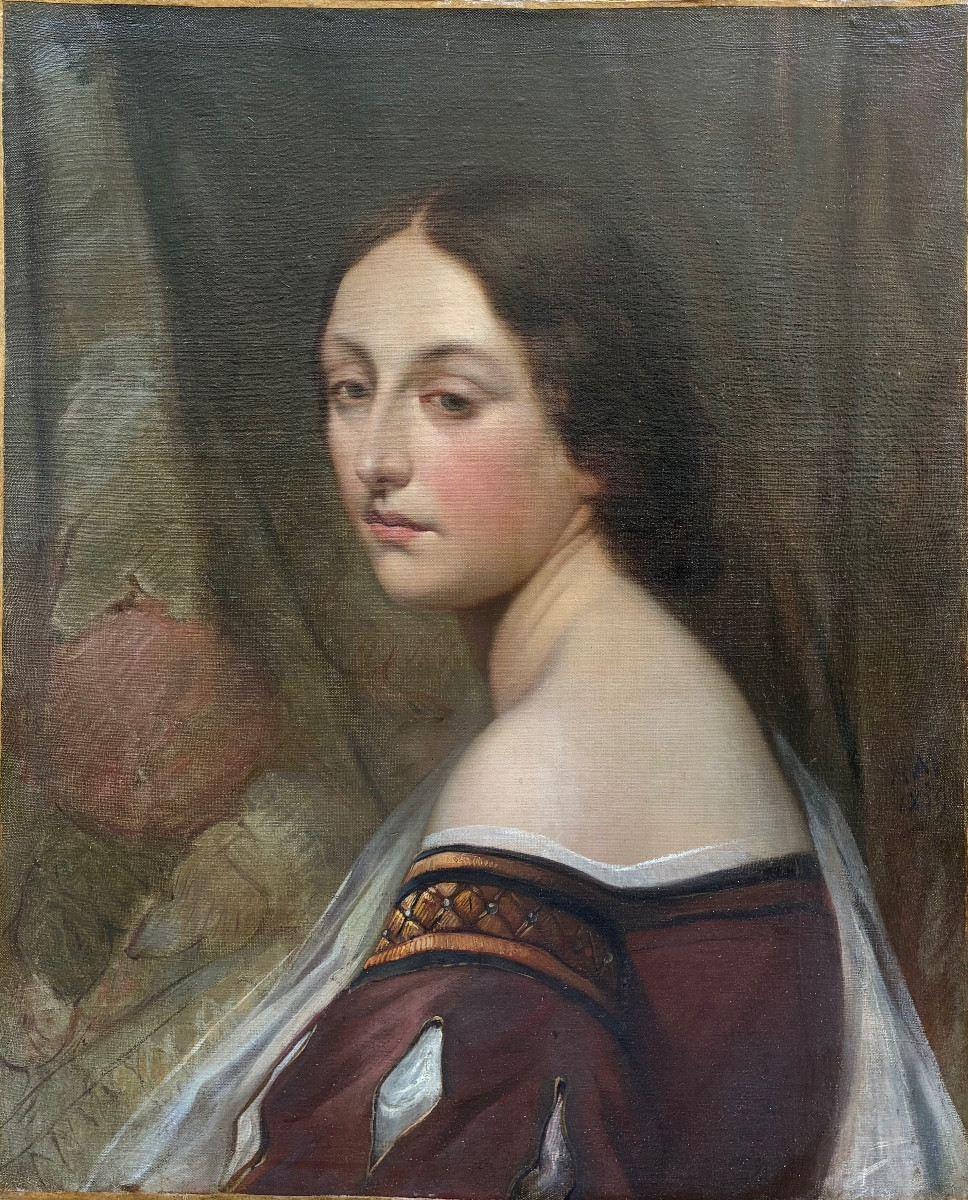

















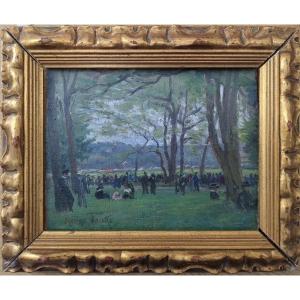
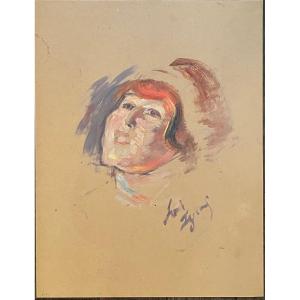











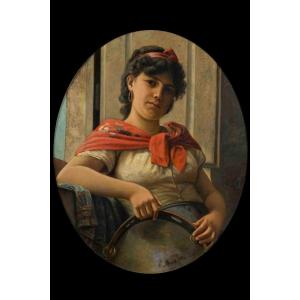
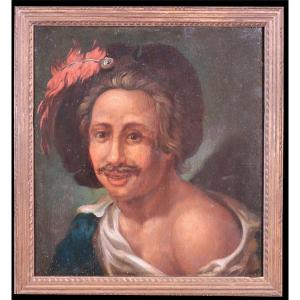




 Le Magazine de PROANTIC
Le Magazine de PROANTIC TRÉSORS Magazine
TRÉSORS Magazine Rivista Artiquariato
Rivista Artiquariato